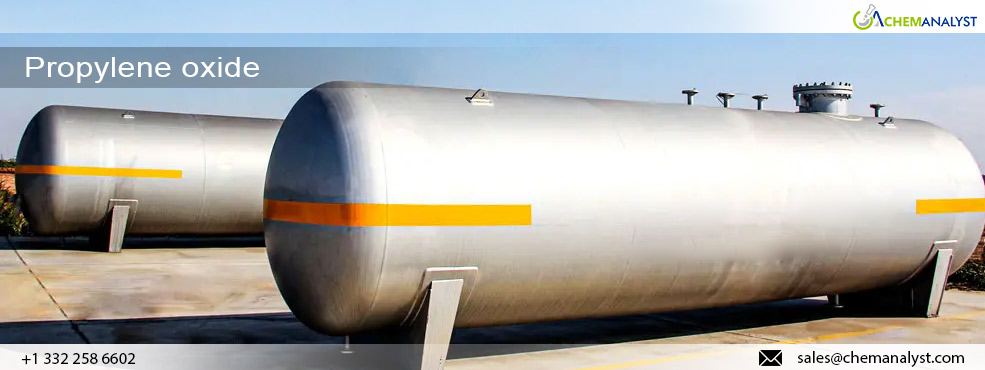May 2024 sees mixed sentiment in Propylene Oxide Prices, Outlook Remains Bearish
- 31-May-2024 2:20 PM
- Journalist: Motoki Sasaki
Texas (USA): Propylene oxide (PO) prices exhibited mixed trends in May 2024, influenced by a confluence of geopolitical risks and feedstock supply challenges. The latter was exacerbated by lower propylene prices, which were aligned with movements in polypropylene (PP) prices throughout the value chain. Key factors included high inventories, diminished Chinese PO consumption, and global overcapacity issues.
The US PO market remained stable, buoyed by safety stocking and concerns over an active hurricane season predicted by NOAA in the Gulf region. Suppliers downstream increased forward buying to hedge against potential high prices in the future, driving up upstream natural gas liquids (NGL) and propane prices. The US Energy Information Administration (EIA) reported a 7% month-over-month increase in propane prices for the week ending May 24, 2024. However, propylene prices lagged propane price movements by 8-14 days. Further inquiries and secondary sources indicated that US domestic PO consumption is poised for a modest increase in June. Despite this, prices are expected to stabilize amid increased downstream market downturns and quarter-end stocking activities. Demand for polyether polyols for urethanes remained subdued, with operating rates dropping to 77% due to easing insulation market demand. Conversely, PO demand from propylene glycol producers saw higher year-over-year orders, driven by improved demand in the food, cosmetics, and nutraceuticals sectors. Export performance to Europe also improved, with US suppliers aggressively offering discounts, capitalizing on the geopolitical climate and leveraging lower gas prices.
In the European market, PO prices continued to deflate, a trend ongoing since April 2024. This deflation was partially due to lower construction activities and subsided demand for polyether polyols after a strong Q1 2024. Prices had previously reached pre-pandemic levels as demand surged with slowing energy costs, leading to significant polyether polyols stocking and upstream price movements. However, PO suppliers refrained from increasing prices to maintain downstream margins and clear older stock. By the end of March, prices for polyether polyols surged due to Chinese restocking, but newer orders for PO subsided in the downstream markets. This decline was compounded by lower propylene prices and weak PP demand, resulting in substantial propylene inventories in the EU. The construction sector in the Netherlands, France, and Italy faced downturns as consumer spending willingness declined. Financial institutions maintained stable mortgage and floating rate credit terms, reflecting the tight control exerted by US and EU central banks.
Freight charges skyrocketed to January high levels of USD 6,000 per Forty-Foot Equivalent Unit (FEU) for US-East coast trades. Concurrently, OPEC+ eased supply cuts in May to curb a stronger rise in crude prices. These dynamics contributed to mixed sentiment in the PO market.
Looking ahead, PO prices are anticipated to ease further in June 2024. In the US, prices are expected to stabilize due to increased downturns and quarter-end stocking in downstream markets. The European market is likely to experience stable prices as plants go offline, with further de-stocking and price de-escalation in the downstream PU market. The geopolitical climate and macroeconomic factors will continue to play pivotal roles in shaping the PO market trends in the coming months.



